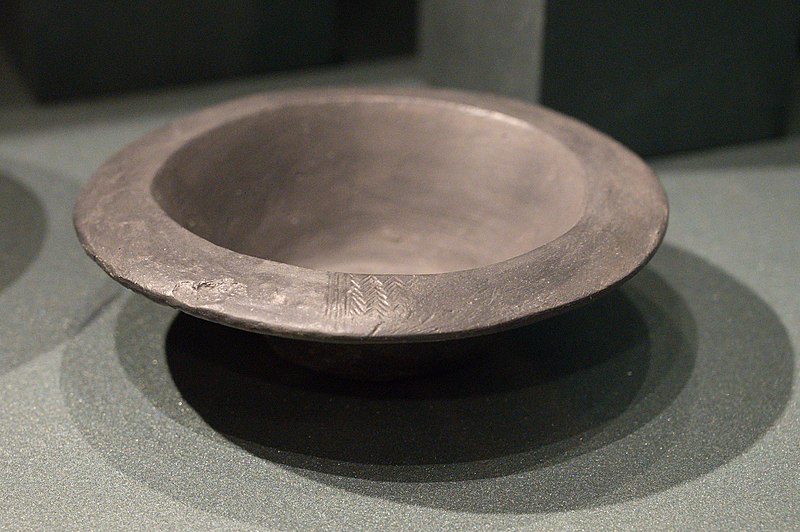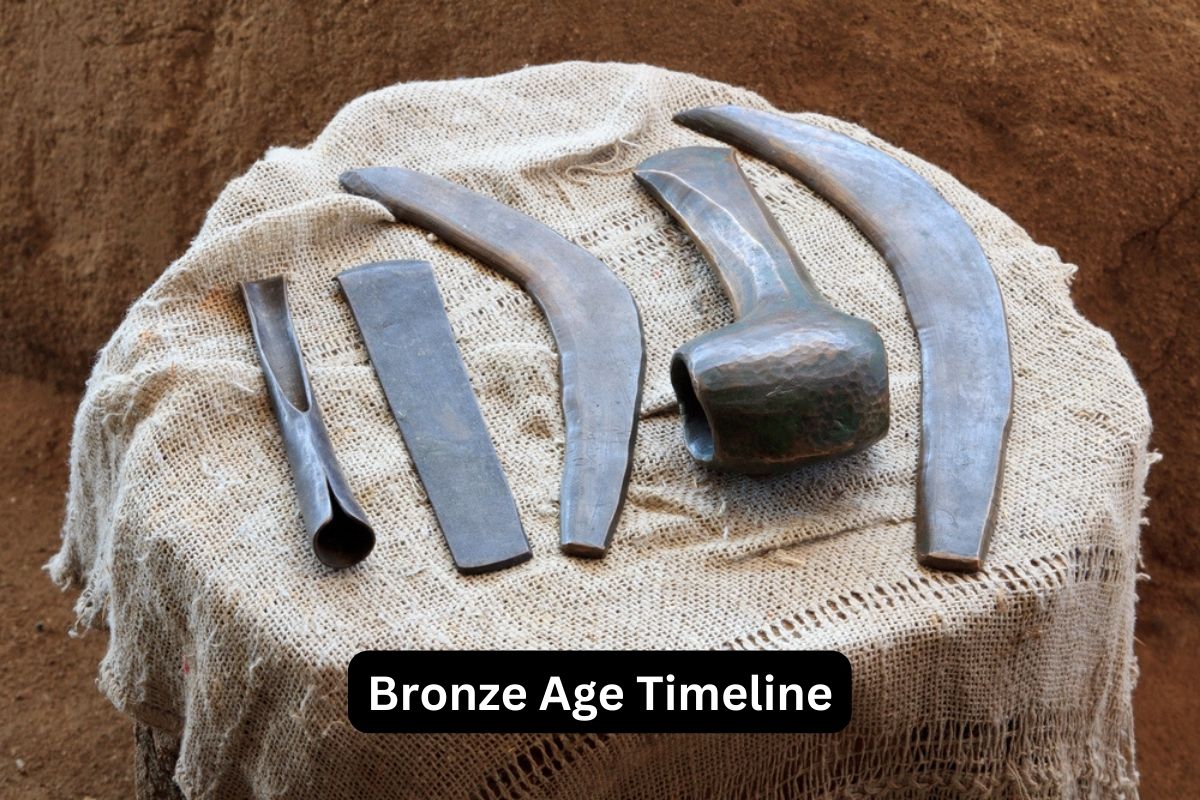The Bronze Age was a pivotal period in human history marked by the widespread use of bronze, an alloy of copper and tin, for tools, weapons, and artifacts.
This era witnessed significant advancements in technology, culture, and societal organization.
From its emergence in different regions to the rise and fall of powerful civilizations, the Bronze Age shaped the course of human development, paving the way for the subsequent Iron Age and the continued evolution of human societies.
In this exploration of the Bronze Age, we will delve into the key periods and notable developments that defined this fascinating chapter in our past.
| Bronze Age Period | Timeframe | Key Developments and Cultures |
|---|---|---|
| Early Bronze Age | c. 3300-2000 BCE | – Emergence of bronze technology in Mesopotamia, the Indus Valley, and Minoan Crete. |
| Middle Bronze Age | c. 2000-1600 BCE | – Continued development of bronze technology. – Peak of Minoan civilization. – Middle Kingdom in Egypt. |
| Late Bronze Age | c. 1600-1200 BCE | – Rise of powerful empires and cultures: Babylonian, Hittite, Mycenaean, and New Kingdom Egypt. – Believed existence of the city of Troy. |
| Collapse of the Bronze Age | c. 1200-1150 BCE | – Many Bronze Age civilizations collapse, attributed to various factors. |
| Iron Age | c. 1200 BCE onward | – Widespread use of iron for tools and weapons, marking the transition from the Bronze Age. |
Timeline of the Bronze Age
Early Bronze Age (c. 3300-2000 BCE):
Mesopotamia: The Early Bronze Age in Mesopotamia saw the development of city-states like Ur and Uruk. These early urban centers relied on bronze tools and weapons for agriculture, trade, and defense.
Also Read: Facts About the Bronze Age
Indus Valley: The Indus Valley civilization, including major cities like Harappa and Mohenjo-Daro, thrived during this period. They developed advanced urban planning, drainage systems, and traded in bronze artifacts.
Minoan Crete: On the island of Crete, the Minoan civilization emerged. They were known for their exquisite pottery, advanced architecture (such as the Palace of Knossos), and use of bronze for tools and weapons.

Middle Bronze Age (c. 2000-1600 BCE):
Aegean Region: The Minoan civilization continued to flourish during this period, with significant advancements in art, culture, and maritime trade.
Also Read: Iron Age Facts
Egypt: Egypt experienced the Middle Kingdom, a period of stability and expansion marked by cultural achievements, such as the construction of the Temple of Karnak.
Late Bronze Age (c. 1600-1200 BCE):
Mesopotamia: The Late Bronze Age witnessed the rise of powerful empires, including the Babylonian Empire under Hammurabi and the Hittite Empire in Anatolia.
Aegean Region: The Mycenaean civilization became prominent in Greece, known for their impressive citadels like Mycenae and Tiryns. This period is associated with the legend of the Trojan War.
Egypt: Egypt’s New Kingdom marked a period of imperial expansion and monumental construction, including the temples of Luxor and Karnak.

Collapse of the Bronze Age (c. 1200-1150 BCE):
This period is characterized by the sudden and widespread collapse of several Bronze Age civilizations, often attributed to a combination of factors:
Invasions by groups like the Sea Peoples.
Migrations and unrest within existing societies.
Climate change and natural disasters.
Many major cities and civilizations were destroyed or abandoned during this time, leading to a period of societal decline and transition.
Iron Age (c. 1200 BCE onward):
The Iron Age began as iron technology gradually replaced bronze. Iron was more widely available and less expensive than bronze, leading to significant changes in tool production and warfare.
This period marked the beginning of new empires and cultures, such as the Assyrians and the Neo-Babylonians in Mesopotamia, and the expansion of Greek city-states in the Aegean.
Ironworking techniques continued to evolve, eventually leading to the production of stronger and more versatile tools and weapons, setting the stage for future civilizations and technological advancements.
